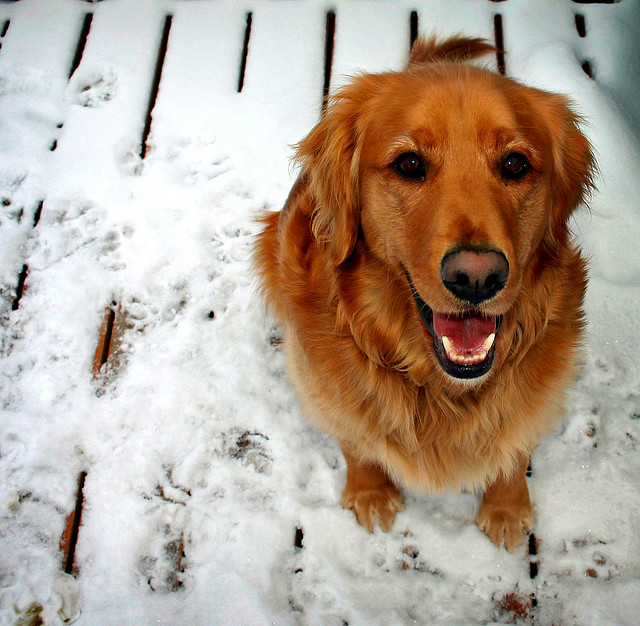Seborrhea Sicca In Dogs Treatment

On the other hand dogs with oily seborrhea seborrhea oleosa have skin flakes that are oily and greasy.
Seborrhea sicca in dogs treatment. Bathing 1 2 times per week is generally sufficient for maintenance. Collectively any non primary forms of seborrhea are referred to as secondary seborrhea. For primary seborrhea treatment includes frequent bathing along with vitamin a or a retinoid. Oily seborrhea is due to an overproduction of sebum by the sebaceous glands.
Causes symptoms and treatment seborrhea also known as seborrheic dermatitis is a common skin disorder in dogs that causes the skin to flake and become oily or greasy. Cat owners may confuse seborrhea with dandruff because both conditions are characterized by white flaky skin. Many dogs have a combination of both types of seborrhea. Most dogs with seborrheic dermatitis have a combination of dry and oily seborrhea.
However seborrhea is very different from dandruff. With seborrhea the sebaceous glands of the skin produce an excessive amount of sebum. Seborrhea typically affects the back face and flanks and is worse in the folds of the skin. But as with seborrhea sicca any dog can suffer seborrhea oleosa secondary to other skin conditions including allergic skin disease hypothyroidism and cushings disease among others.
Seborrhea is a skin disorder that occurs when the sebaceous glands produce too much sebum. What are the clinical signs of seborrhea. Treatment for primary idiopathic seborrhea involves bathing the dog 2 3 times per week until the desired effect has been achieved. The two types of seborrhea seborrhea oleosa and seborrhea sicca are fairly common in cats.
















































